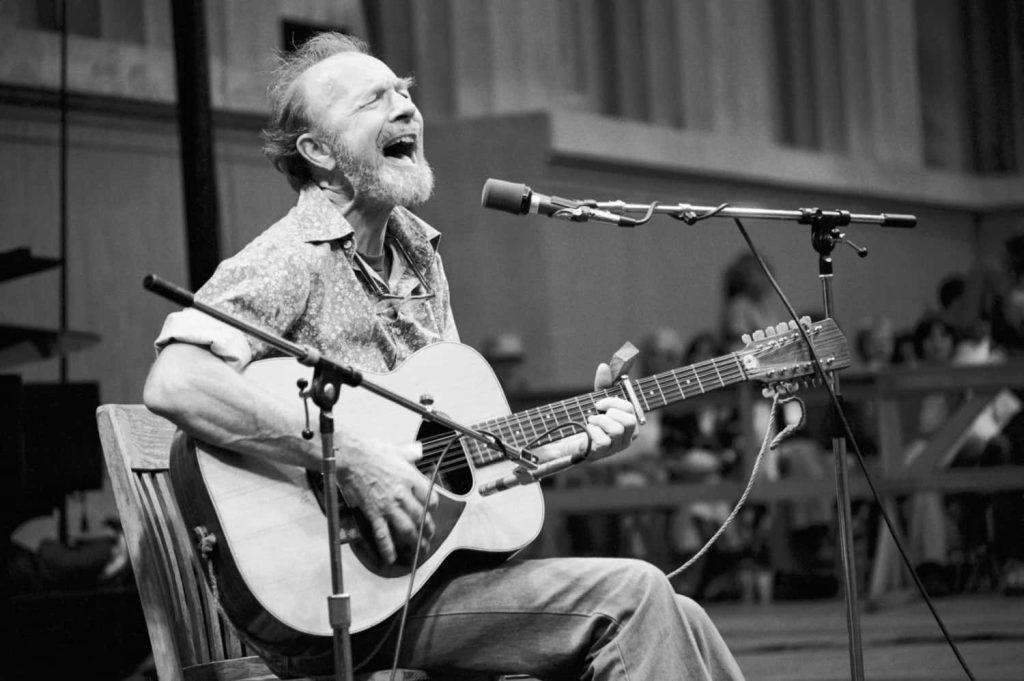
A Timeless Anthem: Pete Seeger’s “John Brown’s Body”
Pete Seeger’s powerful rendition of the folk song “John Brown’s Body” has become a timeless anthem, echoing through generations and inspiring countless individuals. Originally a marching song from the American Civil War, this song has been reinterpreted and adapted numerous times over the years, but Seeger’s version stands out for its simplicity, its depth, and its enduring relevance.
The song tells the story of John Brown, an abolitionist who led a raid on the federal armory at Harpers Ferry, Virginia (now West Virginia) in 1859. Brown’s actions, though ultimately unsuccessful, ignited the flames of the Civil War and solidified his place in American history as a symbol of the fight against slavery. Seeger’s version of the song captures the spirit of Brown’s struggle and the hope for a more just and equitable society.
What makes Seeger’s rendition so compelling is its ability to transcend the specific historical context in which it was written. The lyrics, with their simple yet powerful imagery, speak to universal themes of freedom, justice, and the enduring power of the human spirit. The repeated refrain, “John Brown’s body lies a-moldering in the grave, but his soul goes marching on,” has become a rallying cry for social justice movements throughout the world.
Seeger’s clear and resonant voice, combined with the song’s straightforward melody, makes it easy for listeners of all ages to connect with the message. The song’s enduring popularity can be attributed to its ability to inspire hope and optimism, even in the face of adversity. It serves as a reminder that the struggle for justice is an ongoing one, and that even in the face of death, the spirit of freedom can live on.
Moreover, Seeger’s version of “John Brown’s Body” has been widely covered by other artists and has been used in numerous films, documentaries, and television shows. This widespread exposure has helped to solidify the song’s place in the American cultural landscape and to ensure that its message continues to resonate with new generations.